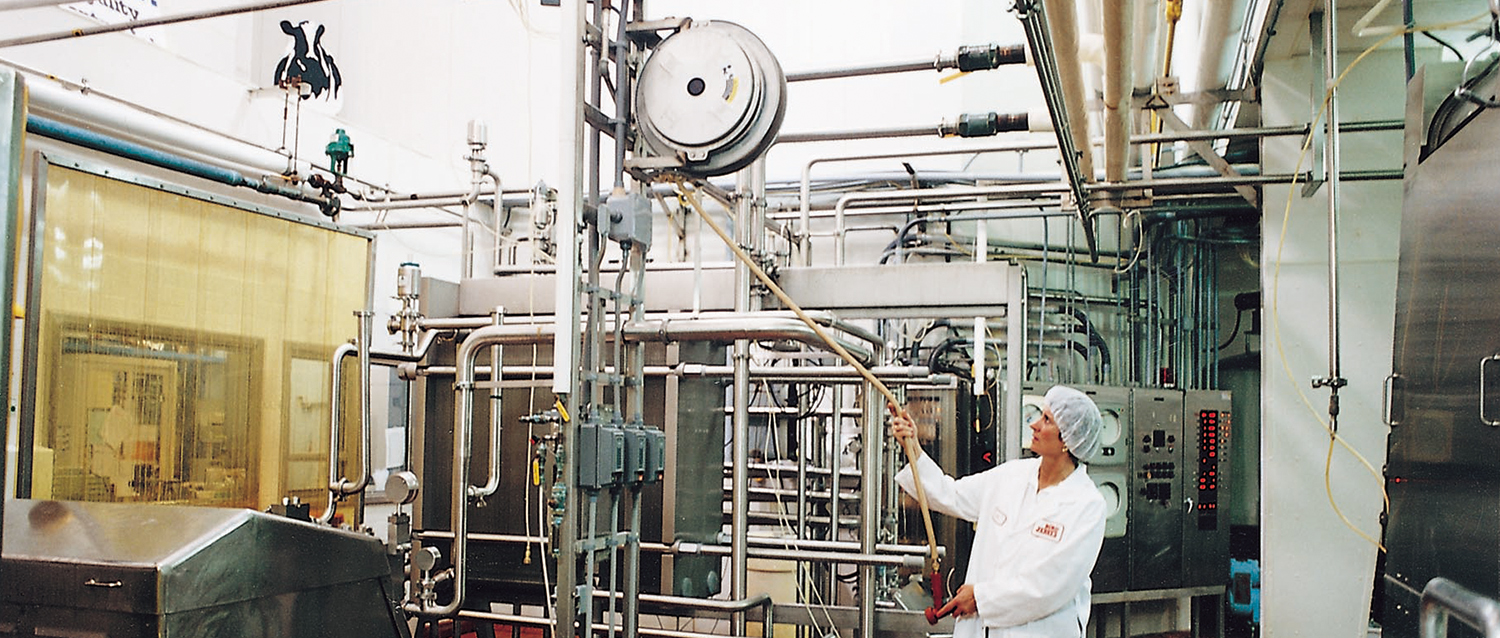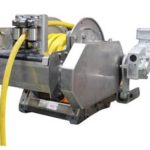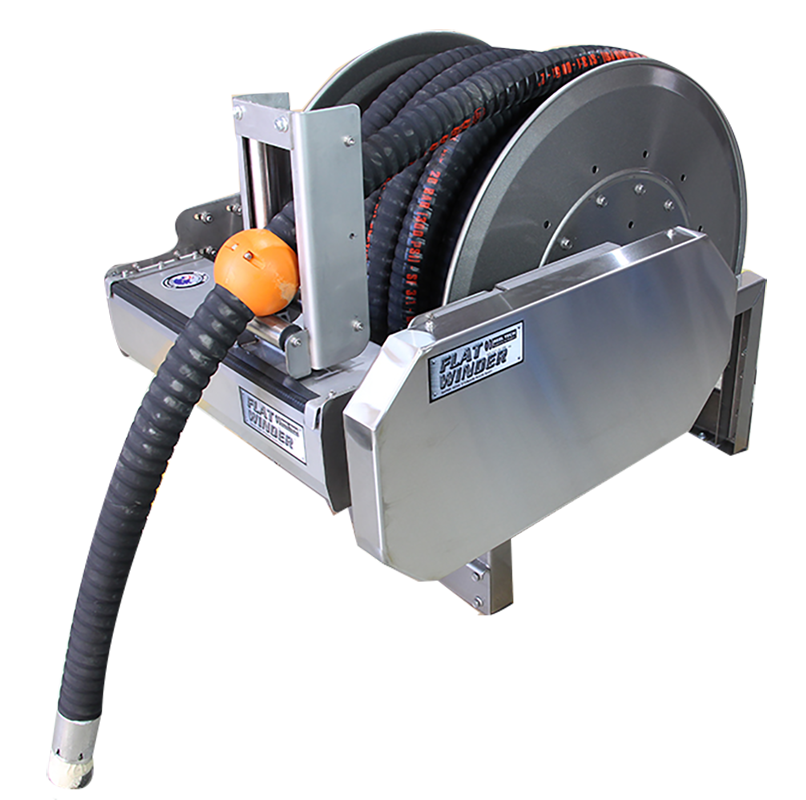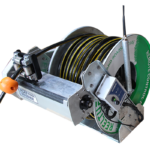Industrial hose reel technologies are new to you? Don't worry, this brief introduction will assist you in selecting the ideal hose reel for your specific job needs. We have discussed this earlier in a prior blog but here we intend to go a little more in-depth.
Whenever we choose a hose reel, it is imperative to consider its intended use. What do you hope to accomplish? Are you, for instance, cleaning a manufacturing floor or a fleet of cars? Giving a tool or telescopic arm hydraulic fluid? Are you trying to kill weeds by spraying chemicals or using compressed air tools? Since choosing the proper reel ensures longevity and true usability, this is where we always start.
Once the application has been established, we examine the hose that will be used and determine some of its essential features.
1. What is the internal diameter (I.D.) and outer diameter (O.D.) of the hose?
2. How long is it? (To ensure the reel can support your hose)
3. What is its bend radius? (This is important to wrap neatly onto the drum)
4. How much pressure will be transmitted through the hose? (This is important to ensure safe operation)
Following the conclusion of the range of different hose reels that will accept the hose as defined, we can move on to look at what choices you may explore for how the reel will retract. Once we have this information, we can then look at reels that will fit the specifications as indicated.
We offer a variety of choices for retraction, including manually turned hose reels, retractable spring rewind hose reels, electrically powered hose reels (12v/24vDC), hydraulic options, and pneumatic options.
Why use a manually operated hose reel? A manually operated reel might be specified to save money if the hose is shorter in length and has a smaller inner diameter. This is because rewinding the hose shouldn't require much effort.
Powered solutions like electric, pneumatic, and hydraulic might be considered if the hose is larger or longer (or both) since this will lessen operator strain and make storing the hose safer and easier. Due to the explosive nature or other mitigating circumstances, electric options may not always be available. In these cases, pneumatic motors and hydraulics are preferable.
Pneumatic motors
The benefit of pneumatic motors is that, unlike electric motors, they can be used at maximum power without the danger of damage or overheating. As a result, limit switches and overcurrent detection devices are not required.
When in use, pneumatic motors are completely safe and easy to use.
There is no possibility of fire, including no possibility of sparks, no possibility of incorrect contact connections, no possibility of overheating because of a blockage and thus no possibility of cutting off, in addition to no need for a battery, etc.
Hydraulic motors
Compared to hydraulic motors, electric motors are more environmentally sensitive. This implies that things like dust and seawater spray can harm them severely depending on their IP rating. On the other hand, hydraulic motors are made to endure some of the most hostile situations. That is one of the reasons hydraulic motors are so prevalent in industries like mining and construction. Just like a pneumatic motor, there is no possibility of sparking, overheating or cutting off.
Spring rewind
A very popular way of retraction is the use of spring rewind motors, or retractable reels when sold as a whole reel. With this technique, the hose is spooled back onto the reel drum using a spring that is under tension. Simply draw the hose out and, when it's no longer needed, tug to release the clasp, and the line spools back. This motor requires no power at all, no fluid, and no ongoing maintenance. In addition to being secure and simple to use, spring return systems require no electricity and can be made of stainless steel for food-grade applications where certain motors would not be appropriate. If you need a slower rewind speed, Reel Tech offers our Safe-R-Reel safer operation mechanism, which can be supplied with any spring rewind reel, to control the speed of retraction where required.
Grades of metal
What kind of material do you need the reel to be made of is a further significant factor? Is the atmosphere very corrosive? (Wastewater treatment facility, manure, salty environment) The grade of material included with the reel will depend on these variables to resist these conditions.
Mild steel
For the majority of industrial applications where worries about food safety or the environment are not crucial, mild steel reels are often provided. With proper upkeep and care, these reels are durable and long-lasting, delivering decades of service.
Stainless steel
Have a food-grade application or a harsh corrosive environment? In this situation, stainless steel will be necessary. Since stainless reels are frequently used for potable water applications and to survive severe environments, using this metal will ensure that your hose reel lasts for many years with no maintenance.
Galvanised
The use of galvanised hose reels may be necessary for particular heavy-duty applications and circumstances. This coating has many benefits, like being economical, having a very long life span, being sturdy, and being incredibly corrosion resistant.
Envelope or size requirements
Finally, and perhaps most challengingly, how much space do you have? Are there any specific height constraints that must be taken into consideration, in addition to the depth or, more frequently, breadth requirements? Making sure you have this information will help you get the appropriate hose reel fit and, in many cases, will help you avoid making unneeded suggestions.
And that's pretty much it! We can quote and provide a reel option for you once these key elements have been taken into account. The hose reels we offer—whether they be Hannay, Pit Bull, or FireDog hose reels—will give you decades of use, reduce downtime and operator injuries, and help you save money!
By Cale Hart | January 15th, 2023 | Hose Reels - Cable - Industrial






